
The United Arab Emirates (UAE) is a melting pot of modernity and tradition. Amidst its towering skyscrapers and futuristic innovations, Emirati culture remains deeply rooted in history and tradition. This rich cultural tapestry, woven from the customs, traditions, and heritage of the Emirati people, offers a unique insight into the heart of the UAE.
Understanding the Essence of Emirati Culture
Emirati culture is deeply influenced by the country’s desert environment, Islamic traditions, and Bedouin heritage. The UAE’s rapid modernization has not overshadowed these cultural foundations. Instead, they are celebrated and preserved, forming the backbone of national identity.
As you explore the streets of Dubai, Abu Dhabi, or any other Emirate, you’ll notice a blend of old and new, where traditional values coexist with modern life. From the way Emiratis dress to the food they eat, every aspect of their culture tells a story of resilience, hospitality, and pride.
Traditional Emirati Clothing: A Symbol of Identity
One of the most visible aspects of Emirati culture is the traditional clothing worn by its people. The attire is not only a reflection of cultural identity but also a practical response to the harsh desert climate.
You may also like
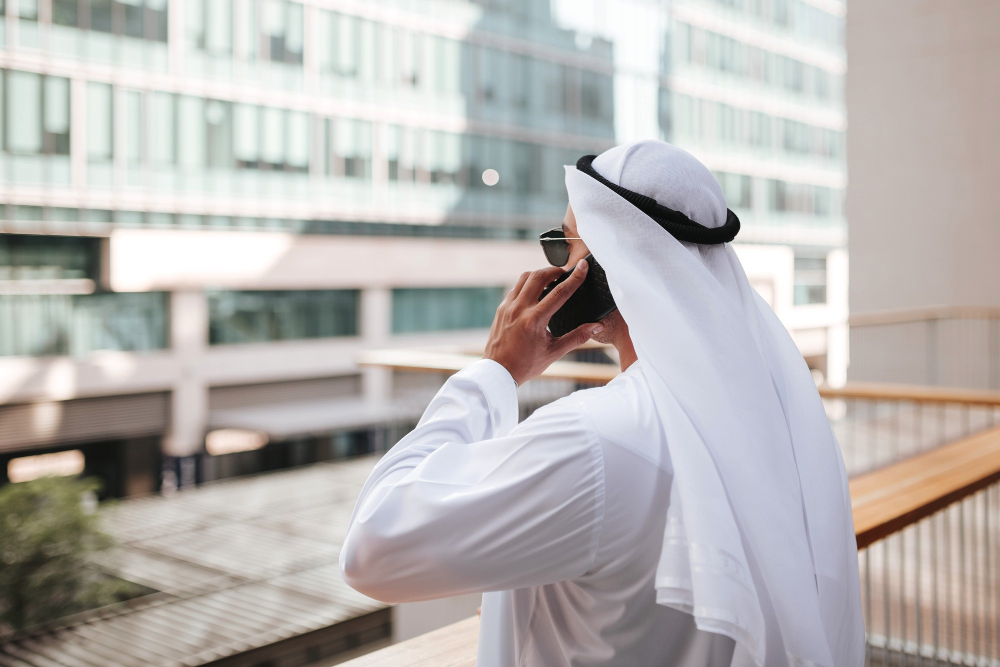
Men’s Clothing – Kandura and Ghutra
Emirati men typically wear a long white robe known as a Kandura or Dishdasha. This garment, made from light fabric, is designed to keep the wearer cool in the intense heat. Accompanying the Kandura is the Ghutra, a headscarf that protects against the sun and sand. The Ghutra is often secured in place with an Agal, a black cord.
Each Emirate has its variations in the style and color of these garments, but the symbolism remains the same: a connection to heritage and a sense of national pride.
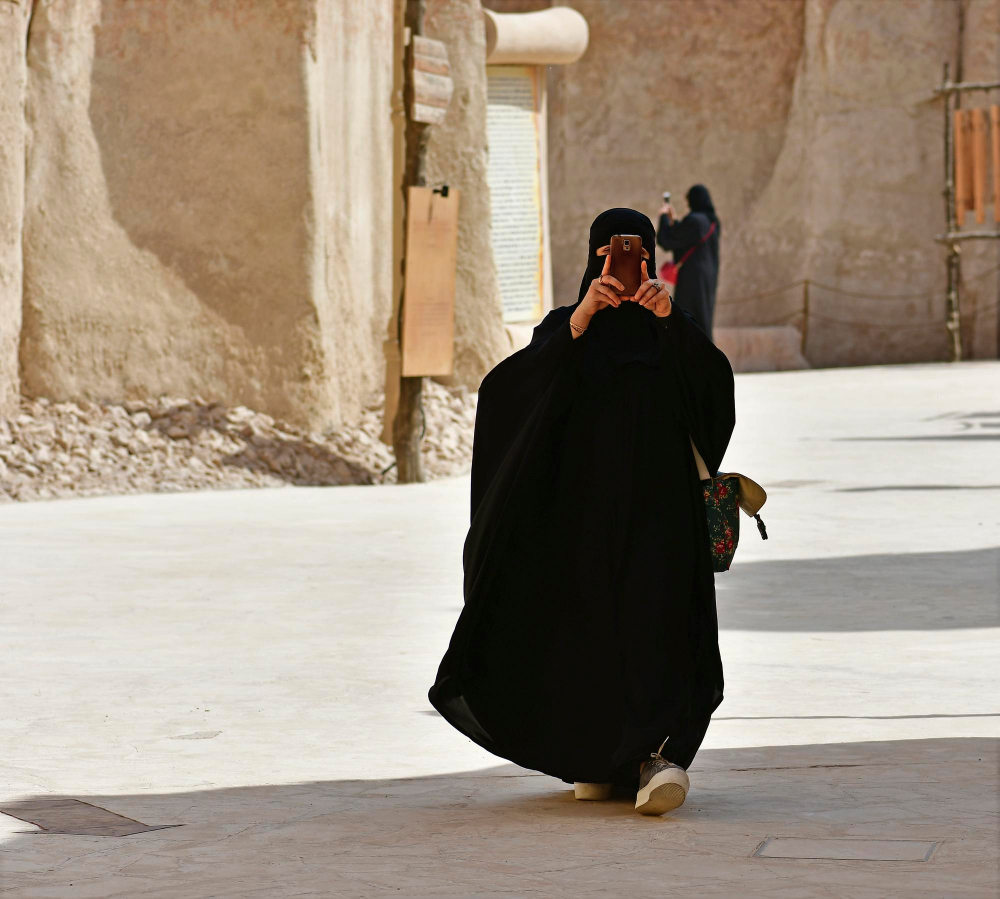
Women’s Clothing – Abaya and Hijab
For Emirati women, the Abaya is the traditional outer garment. This flowing black robe is worn over regular clothes and is often accompanied by the Hijab, a headscarf that covers the hair. In some cases, women may also wear a Niqab, which covers the face.
The Abaya is more than just a piece of clothing; it is a symbol of modesty, a core value in Emirati culture. Today, Abayas are available in various designs and styles, allowing women to express their individuality while adhering to cultural norms.
You may also like
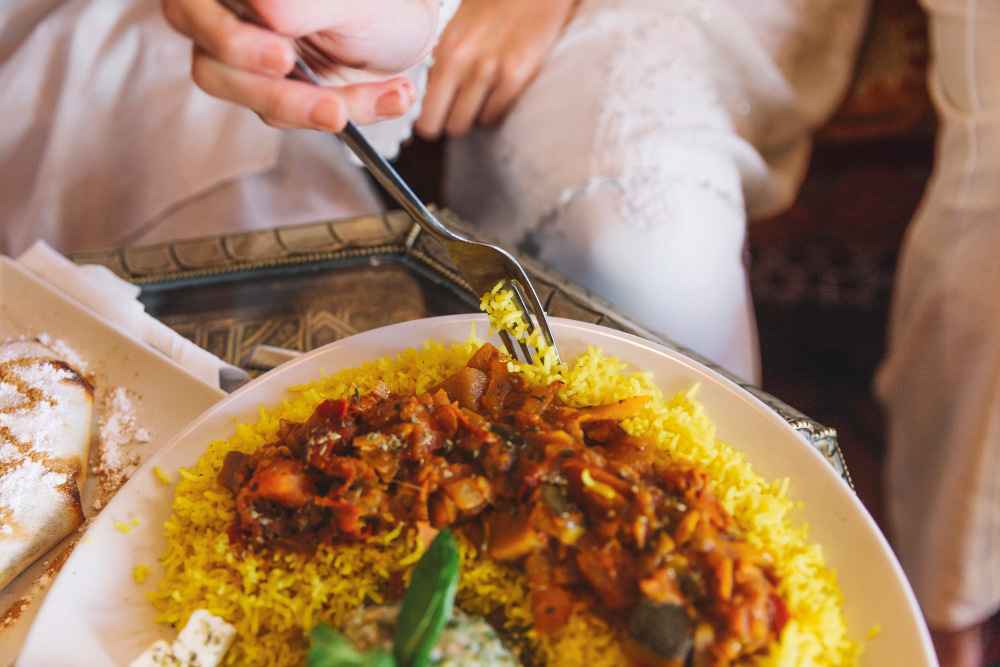
Emirati Food and Cuisine: A Culinary Journey
The cuisine of the UAE is a reflection of its geographical location, blending Middle Eastern, Persian, and Indian influences. Emirati food is hearty, flavorful, and often enjoyed as a communal experience, reflecting the importance of family and community in Emirati culture.
Popular Dishes – Al Harees and Al Machboos

Al Harees is a traditional dish made from wheat and meat, slow-cooked to perfection. It’s a dish often served during special occasions like Ramadan and weddings, symbolizing generosity and hospitality.
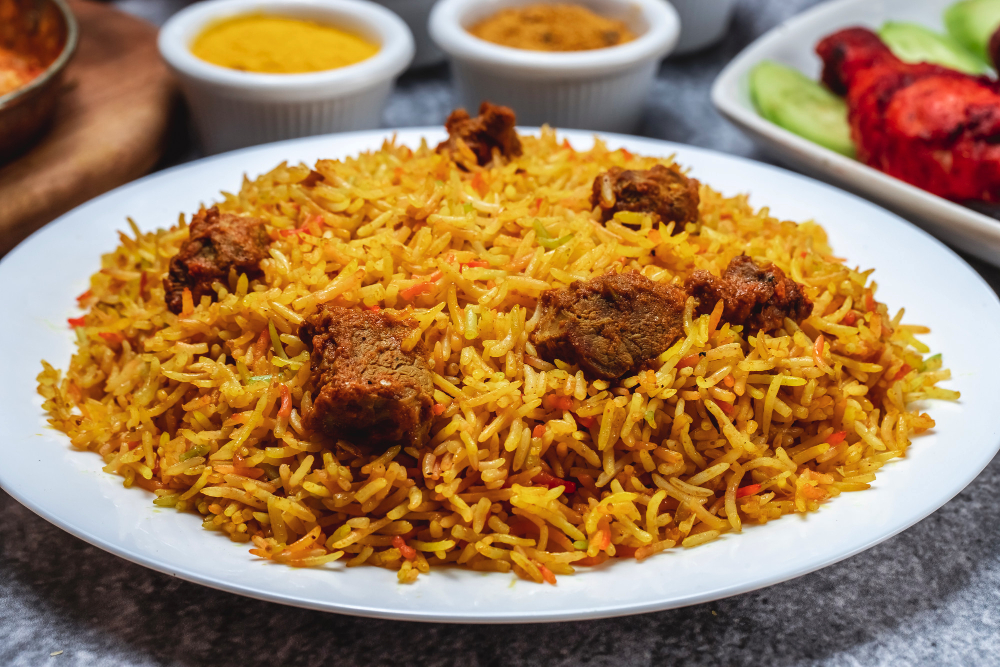
Al Machboos, another popular dish, consists of spiced rice cooked with meat, usually chicken or lamb. The dish is aromatic, with flavors of saffron, turmeric, and cardamom, and is often accompanied by a side of salad or yogurt.
Meals in Emirati culture are more than just about food; they are a way of bringing people together, sharing stories, and reinforcing bonds.
You may also like
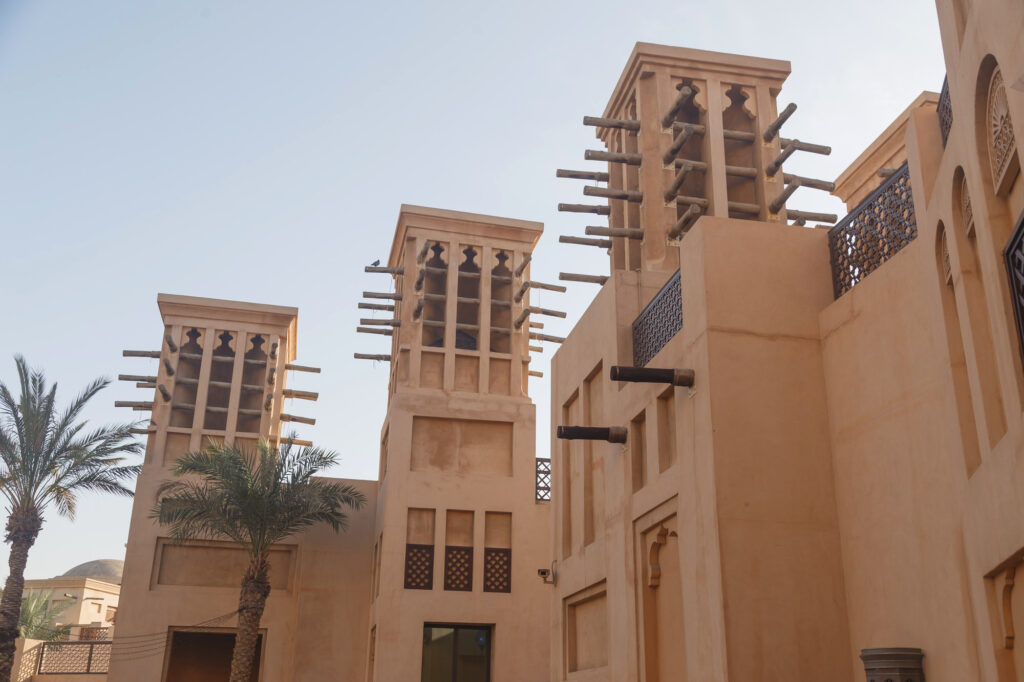
Emirati Traditions and Customs: A Rich Heritage
Emirati customs and traditions are a blend of Bedouin heritage and Islamic values. Despite the rapid modernization of the UAE, these traditions continue to play a vital role in daily life.
Hospitality and Majlis Culture
Hospitality is a cornerstone of Emirati culture. The Majlis, a traditional sitting room where guests are entertained, is a space where Emiratis demonstrate their hospitality. Visitors to a Majlis are often welcomed with dates and Arabic coffee, known as Gahwa, served in small cups. The act of serving coffee is steeped in ritual, symbolizing respect and generosity.
Celebrations and Festivals – Eid and National Day
Emirati culture is rich with celebrations that bring communities together. Eid al-Fitr and Eid al-Adha are two major Islamic festivals celebrated with fervor in the UAE. These occasions are marked by prayers, feasts, and the giving of gifts and charity.
You may also like
National Day on December 2nd is another significant celebration, marking the unification of the Emirates in 1971. The day is filled with parades, fireworks, and displays of national pride, where the cultural heritage of the UAE is proudly showcased.
The Impact of Modernity on Emirati Culture
While the UAE has embraced rapid development, the influence of modernity has not diluted its rich cultural heritage. Instead, there has been a conscious effort to preserve and promote Emirati culture in the face of globalization.
Initiatives like the Dubai Culture & Arts Authority and the Sheikh Zayed Grand Mosque in Abu Dhabi are just a few examples of how the UAE is balancing its cultural preservation with its ambitions for the future.
Conclusion: Celebrating Emirati Culture
Emirati culture is a fascinating blend of tradition and modernity, where ancient customs meet contemporary life. Whether it’s through the traditional clothing, the rich cuisine, or the deep-rooted customs, Emirati culture offers a unique glimpse into the soul of the UAE.
You may also like
As you explore this vibrant country, take the time to appreciate the cultural heritage that continues to shape the lives of the Emirati people. Experience the warmth of their hospitality, savor the flavors of their cuisine, and participate in their celebrations. In doing so, you’ll not only learn about Emirati culture but also gain a deeper understanding of the values that make the UAE such a unique place in the world.




Leave a Reply